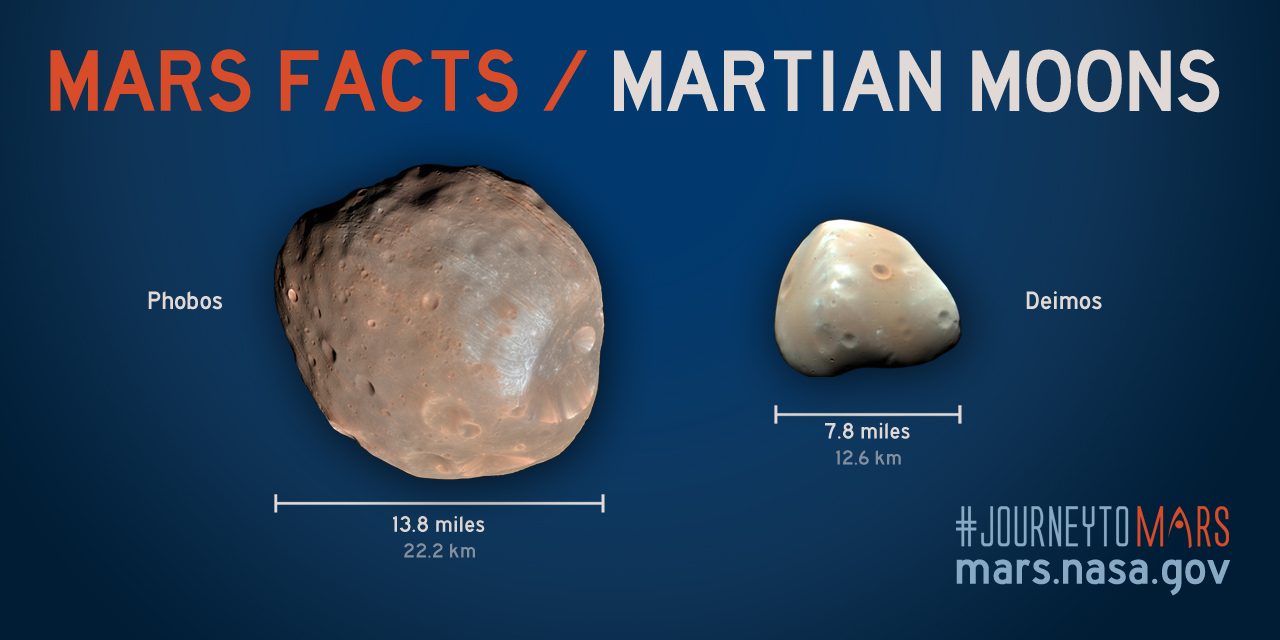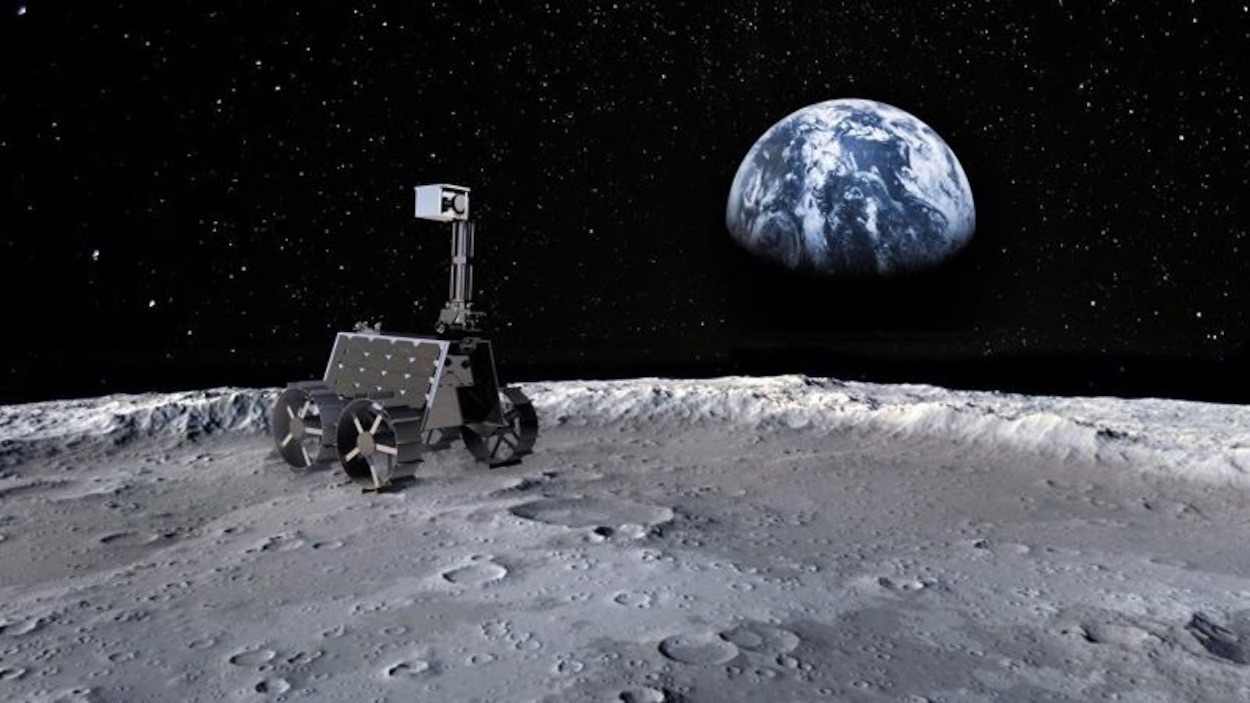Arid, rocky, cold and apparently lifeless, Mars offers few hospitalities. Home to the largest volcano in the solar system, the deepest canyon and crazy weather and temperature patterns, Mars looms as the ultimate lonely planet destination. Here are some key facts about the Red Planet.
Mars, the 4th planet from our Sun, once had liquid water on the surface and could have supported life.

Why Study Mars?
Early telescope observations in the 18th and 19th centuries seemed to show a planet not all that different from Earth, with ice caps, seasons, and features that were mistaken for seas and artificial canals. A few scientists even thought that Mars was inhabited by intelligent life.
We now know that Mars is very cold and dry, with no breathable atmosphere and no global magnetic field to protect it from the Sun’s radiation. But it wasn’t always that way. Space missions have shown us that Mars once had liquid water on the surface and could have been hospitable to life as we know it. Today, there may still be life beneath the surface, with access to water and protection from radiation and extreme temperatures.

We know Mars was habitable to life as we know it for at least some periods of time around 3 or 4 billion years ago. But we don’t know whether the planet was warm and wet long enough for life to arise, or mostly cold and dry with only brief intervals that could have supported life.
How did Mars go from a potential life-supporting oasis to a cold, dry
desert? The answers to these questions will teach us more about where we come from and whether we are alone in the cosmos.

Mars Facts
| EARTH | MARS | |
|---|---|---|
| Average Distance from Sun | 150 million km | 229 million km |
| Average Speed in Orbiting Sun | 18.5 miles per second | 14.5 miles per second |
| Diameter | 12,756 km | 6,792 km |
| Tilt of Axis | 23.5 degrees | 25 degrees |
| Length of Year | 365.25 Days | 687 Earth Days |
| Length of Day | 23 hours 56 minutes | 24 hours 37 minutes |
| Gravity | 2.66 times that of Mars | 0.375 that of Earth |
| Temperature | Average 13.88 C | Average -62 C |
| Atmosphere | nitrogen, oxygen, argon, others | mostly carbon dioxide, some water vapor |
| Number of Moons | 1 | 2 |

Sources: NASA & The Planetary Society










